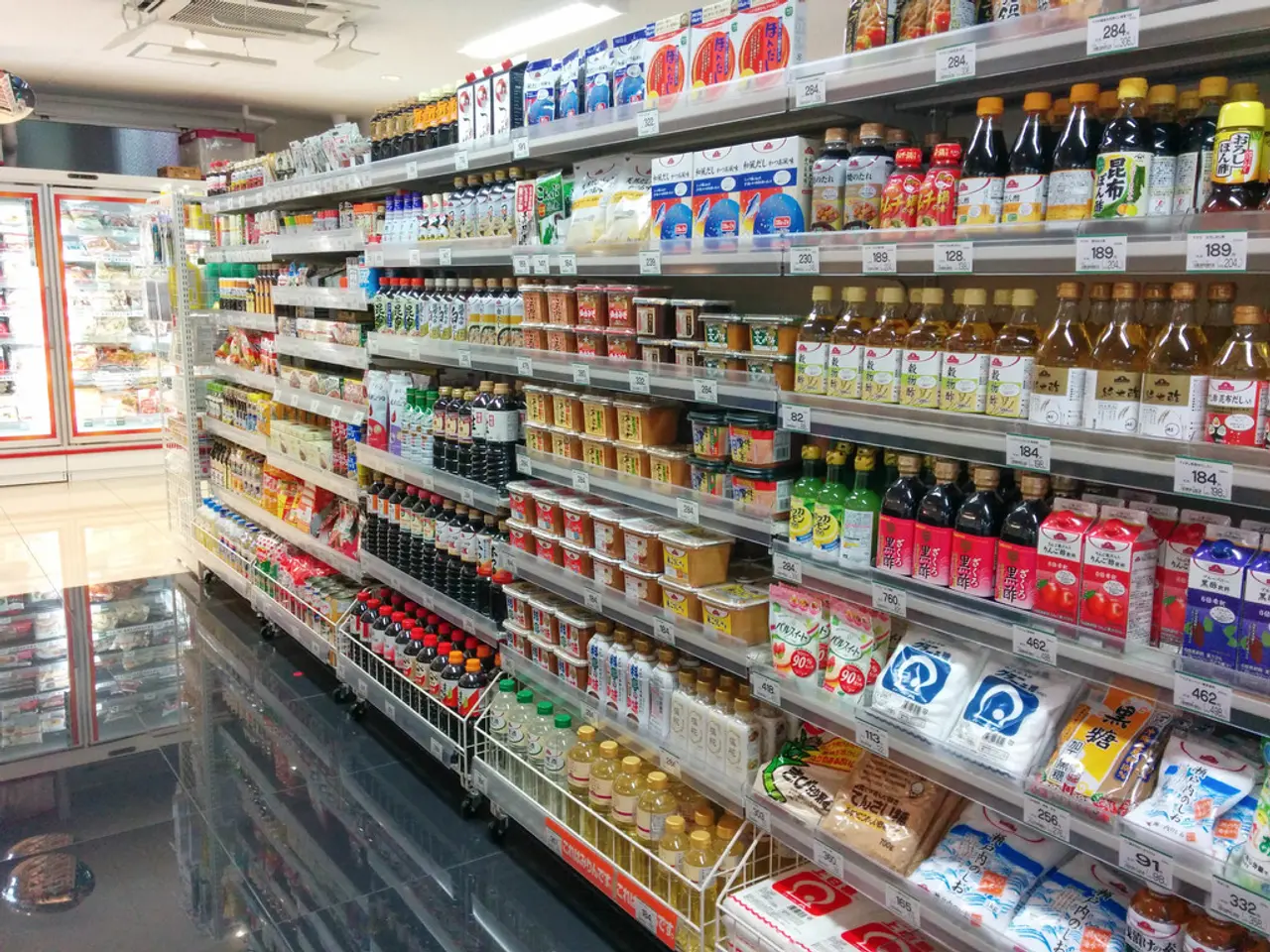Increase in tariffs imminent, but Delhi shows no urgency for short-term agreement
As the deadline of August 1 looms, the interim trade deal between India and the United States remains unresolved, with key differences on tariffs and sensitive sectors. The US trade suspension of 26% on Indian products, which has been in place, is set to expire, reinstating a baseline tariff of 10%.
President Donald Trump and administration officials have emphasised that India imposes high tariffs and non-monetary barriers on American products, making it a major sticking point. In response, Trump announced the imposition of a 25% reciprocal tariff starting from August 1, pending no last-minute deal.
The US has also added a penalty due to India’s continued procurement of energy and military supplies from Russia, conflicting with US sanctions and geopolitical concerns related to the Ukraine conflict.
Despite these challenges, negotiations continue. The US trade team is scheduled to visit India in late August for further talks toward a bilateral trade agreement (BTA). However, according to US Trade Representative Jamieson Greer, more negotiations are needed, and the chances of finalizing before August 1 look slim.
India is guarding its "sensitive sectors" which include agriculture, dairy, and labor-intensive industries. The country is concerned about the sectoral tariffs the US has imposed or is threatening to put, especially in areas of India’s export interest like pharmaceuticals. India is seeking relief from the high tariffs in sectors such as steel, aluminum, and the auto sector.
India is also pitching hard for greater market access to the US for sectors with high job creation potential. However, the US remains firm on its demand for near-zero tariffs and broader market access. One potential solution could be for India to commit to scaling up its energy and defense purchases from the US, a strategy that has been successful in other trade deals.
The US also wants India to allow entry of genetically modified agricultural products, a demand that officials in New Delhi say would not be conceded. The US remains the biggest market for India's exports and the only major economy with which it enjoys a trade surplus.
The International Monetary Fund (IMF) has recently raised India's FY26 growth forecast to 6.4%. As the negotiations continue, both countries are keen to preserve the relationship, with the deal going beyond trade. The next phase of negotiations scheduled for late August may clarify if a broader bilateral agreement can be achieved.
[1] White House Press Briefing, July 2025. [2] Reuters, July 18, 2025. [3] The Economic Times, July 22, 2025. [4] The Hindu, July 25, 2025. [5] Bloomberg, July 30, 2025.
- The interim trade deal between India and the United States, expected to be finalized by August 1, remains unsettled as both countries struggle to reach a consensus on tariffs and sensitive sectors such as agriculture, dairy, and labor-intensive industries.
- India's stance on preserving its sensitive sectors, including pharmaceuticals, steel, aluminum, and the auto sector, against high tariffs imposed or threatened by the US, is firm.
- As part of the ongoing negotiations, India is advocating for greater market access to the US, particularly in sectors with high job creation potential, countered by the US' demands for near-zero tariffs and broader market access.
- In an effort to resolve the trade dispute, the US has suggested that India increase its energy and defense purchases from them, a strategy previously successful in other trade deals.
- Disagreements regarding the introduction of genetically modified agricultural products in India continue to be a contentious issue, with officials in New Delhi resolute on not conceding to this demand. The US remains India's biggest export market, and any trade agreements will undoubtedly impact the broader business and finance sector, as well as general news and politics.




